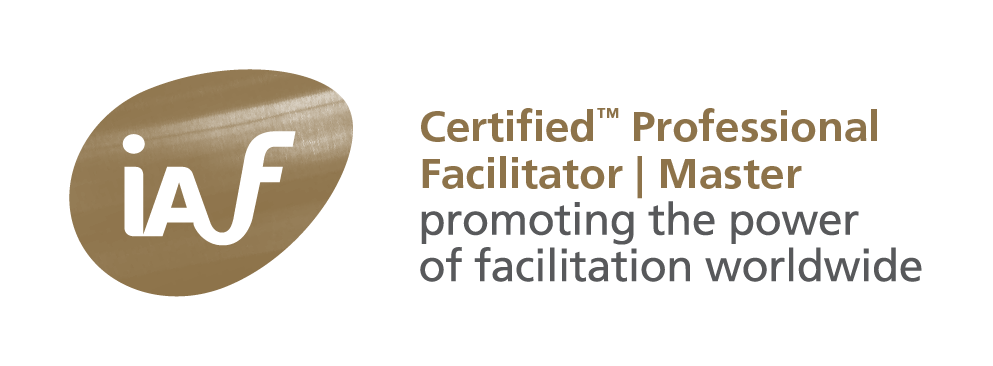I gave a comment on Getting Out of the Dark Room – Staying Curious: https://harishsnotebook.wordpress.com/2021/03/08/getting-out-of-the-dark-room-staying-curious/ The Free Energy Principle (FEP) states: “all adaptive autopoietic and self-organizing behavior work under one simple imperative; avoid surprises and you will last longer.
And: A recurrent puzzle raised by critics of these models (FEP) is that biological systems do not seem to avoid surprises. We do not simply seek a dark, unchanging chamber, and stay there. This is the “Dark-Room Problem.”
I’ve slightly adapted the text.
Let me throw some light in the dark.
(Y)Our brain “hides” in a “dark room”, without windows, deaf, senseless. You may have learned otherwise, but your brain doesn’t see, hear, taste anything. You use your brain to “construct” models of your environment. Inside your skull, your grey matter, “gropes in the dark”. Your brain is not you: you’re out there, while your brain sits “in the dark”.
A brain – the organ with which we think we think – organizes itself through structural coupling. Without you knowing how, your brains models (verb) models (noun) of its domain (I prefer the use of “domain” over environment) – your body. A body – no surprises here – also models its domains, “through” what we explain by The Law of the Requisite Variety (off course, nor body nor brain “know” of this natural law). Your body has just enough options – eyes, hands, feet, internal organs – to maintain itself. #Just enough for the city#
Warning, paradox ahead. I use the Second Law of Thermodynamics, because there exists no such thing as “free energy”. We use it as a concept to explain behaviour, “as-if” free energy exists.
This law states: every process produces entropy (again an explanatory concept that doesn’t really exist). It states “entropy” orders order or “order out of chaos“. Nature seems to strive to disorder, but this is only disorder from our (ordered) point of view. You can easily see that an ordered system can produce more “disorder” than a disorderly or chaotic system. (If you need an example: try democracy :-)) So every process produces “more” order in order to produce more disorder. Paradox.
Referring to models
There’s also a paradox hiding here: in order to be surprised one needs a (reference) model and models are being derived from surprises – by reducing them. The tactic used consists of these models modelling themselves.
As difference between such a self-modelling model and itself (surprise!) can be distinguished when these models model themselves. They’re self-similar under transformations. The “surprise” being models that don’t fit their model while adapting to their own model remodelling themselves (“or modelling through”, if you get my pun) into models of their domain inside models modelling that domain. Then – as a consequence – they “predict” their environment to look for – surprisingly – unpredictable situations.
In fact: I keep surprising myself and you’re your own surprise (It might explain why people seem to look for “the meaning of life”). It may come as a surprise that DNA/RNA has the same structure as the I-Ching. .
It’s the structure, stupid
Coming back to “structural coupling“: a model isn’t the domain, like map is not the territory. But structure of map makes the map usefully used by the user (language can be so poor in communicating meaning).
A mapmaker maps locations through “discovering” them by using terrain (I prefer terrain or domain over territory) to map unto a map (or model).
Our body models its domains through using itself. That’s why we live in “habits”. And why we call a mannequin (small man in Dutch), “model” while modelling. (S)he has to survive the catwalk of life, so (s)he’d better “model”.
Model models (or models model) their domains (a.k.a. environment, territory,…) but it (model) isn’t it (domain). The structure – derived from using – makes a model useful. Using “structural coupling” self-modelling models can model (= structure) themselves to “fit” themselves and their “environment”. This you call “minimize surprise”, or “maximize expectations”.
Try not to confuse wholeness with completeness.
Human beings – by order of their cultural groups – want (or need?) their models to be “consistent”. Because else, how could you determine if somebody belongs (in) or doesn’t (out)? (I go into the paradoxes of belonging here). So they (the models) cannot be complete. Living creatures are complete and inconsistent. And so are their models-in-use. Only an incomplete model need to learn. But not to become complete. It (the creature and its model) need to stay “whole”.
It-self organically organizing organs organize organisms (aka complex systems) behave inconsistently – as wholes. Trying to organize organisms into “functional” organizations (aka complete systems) consistently fails.
I think, we may surprise ourselves, what you may call “curious and curiouser”.




